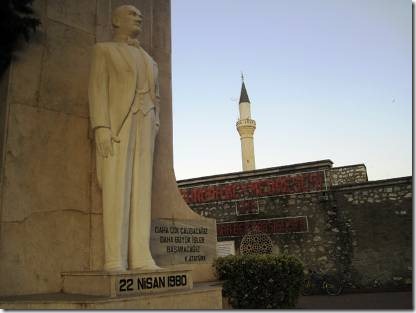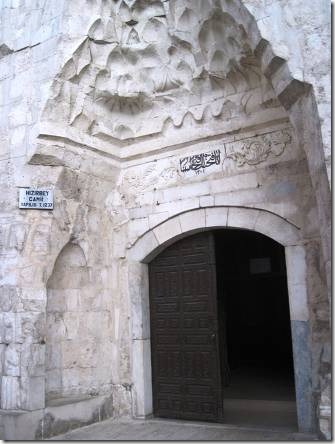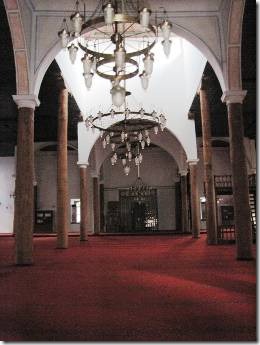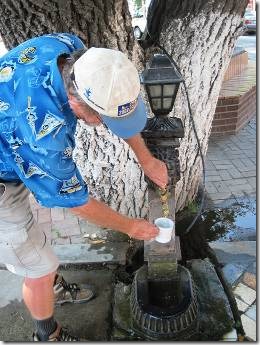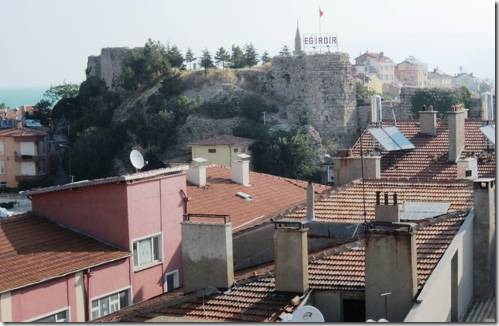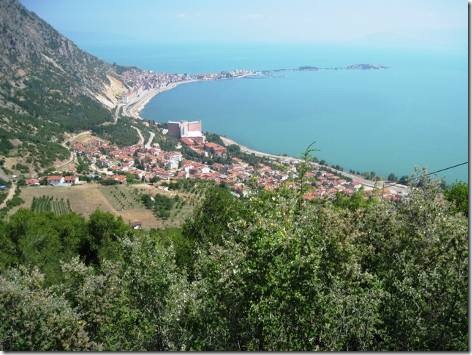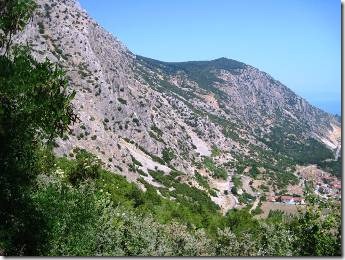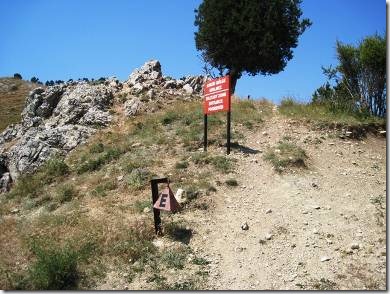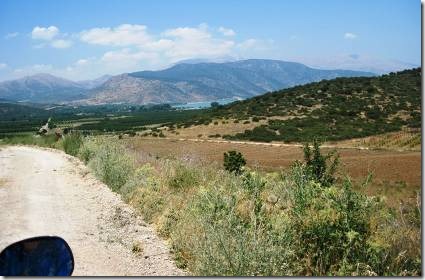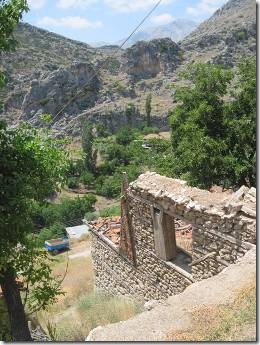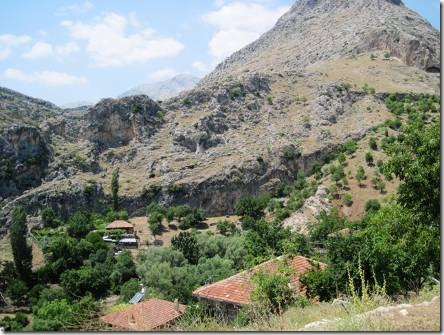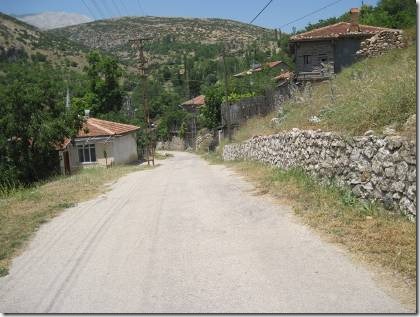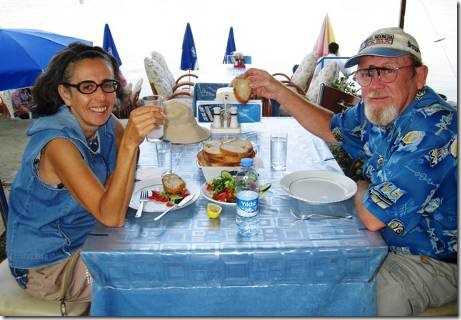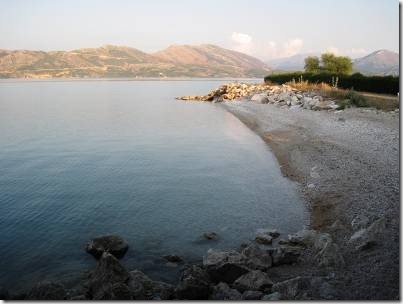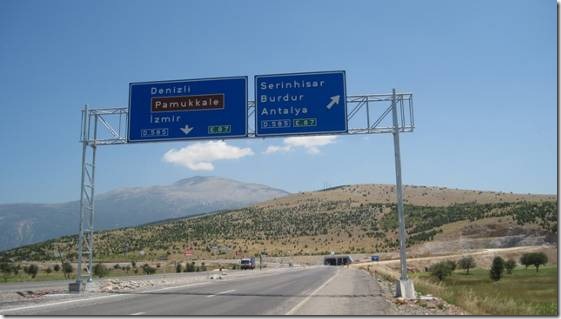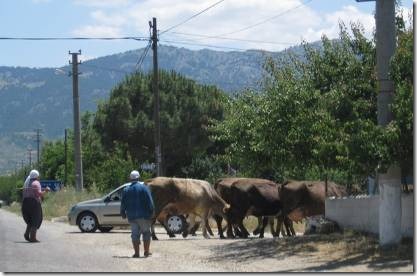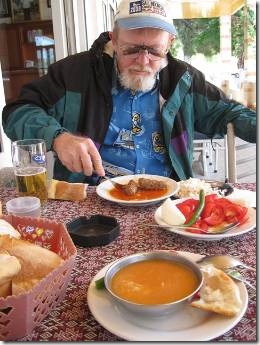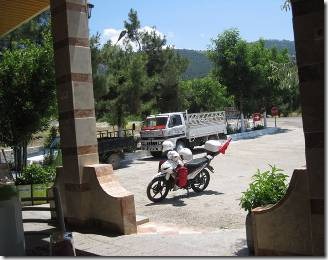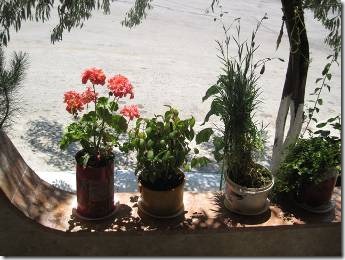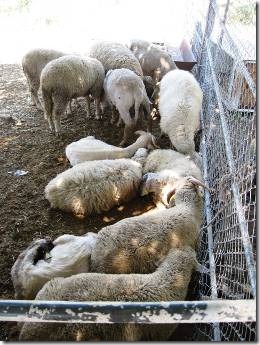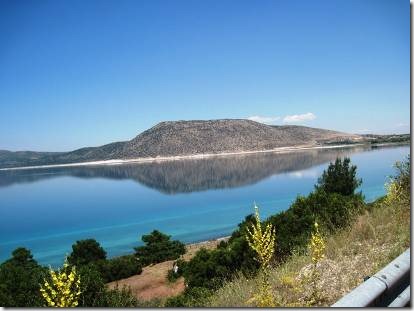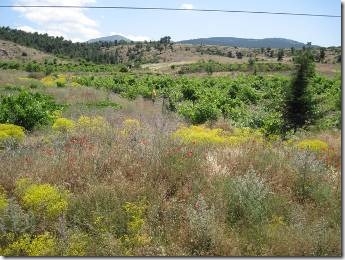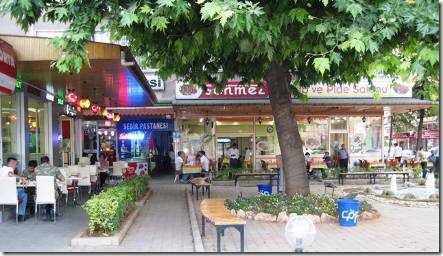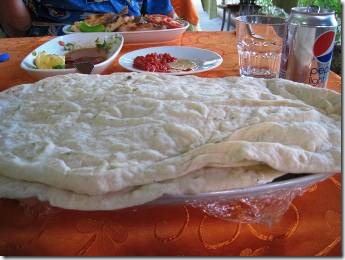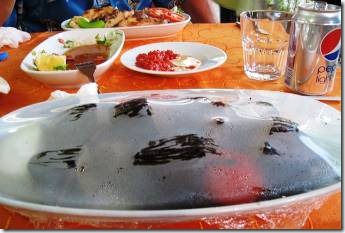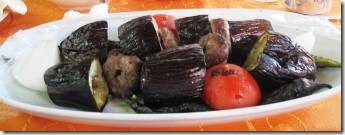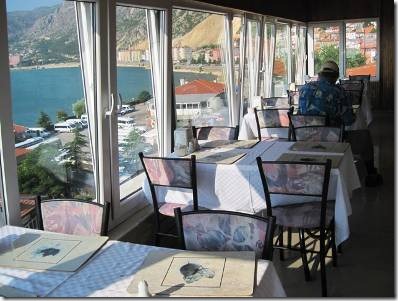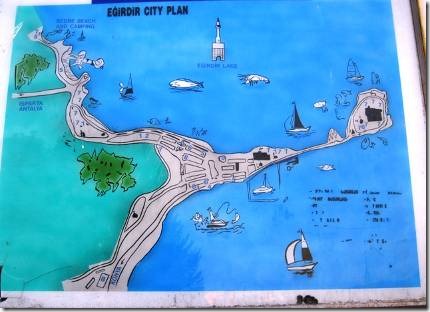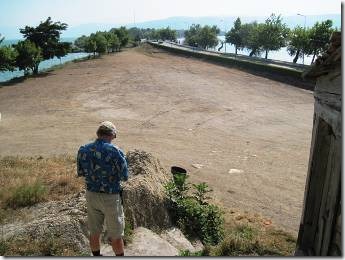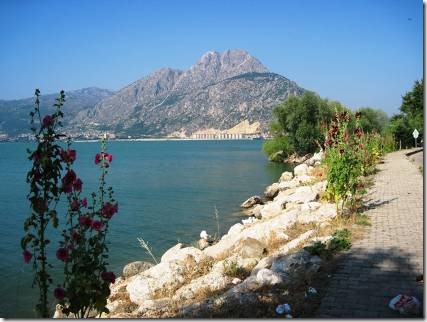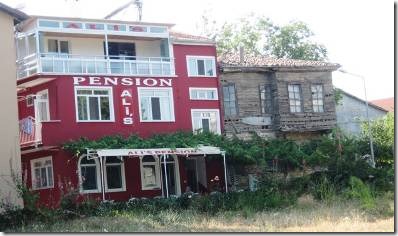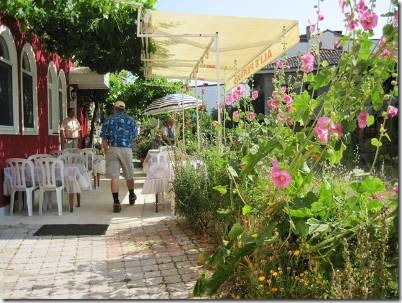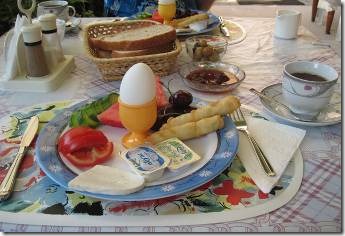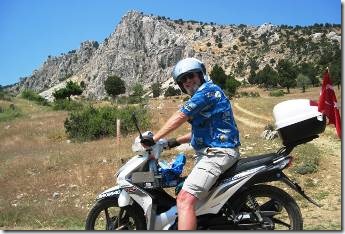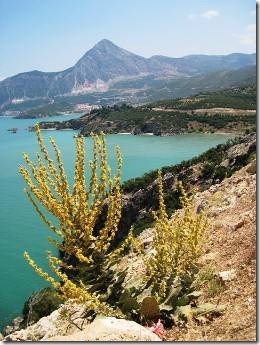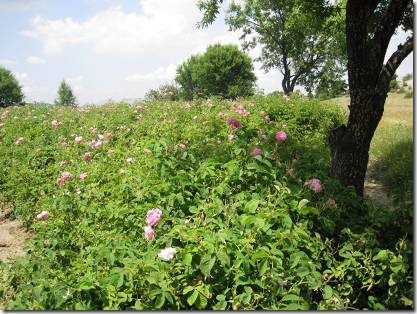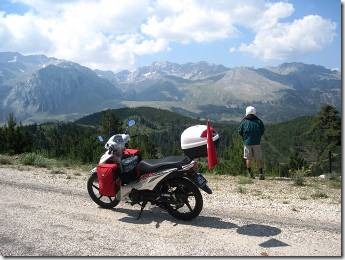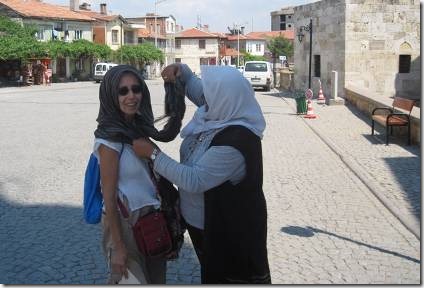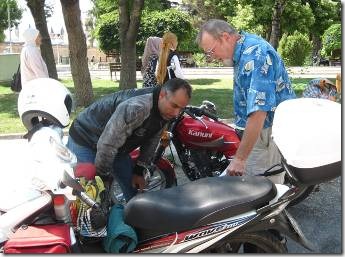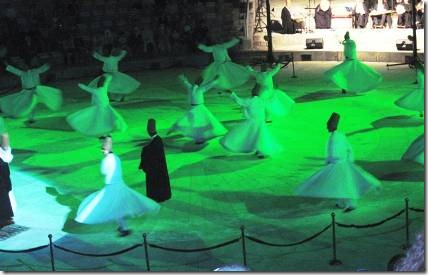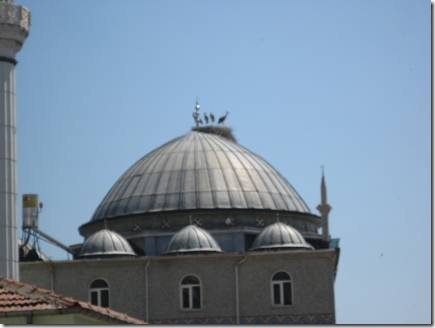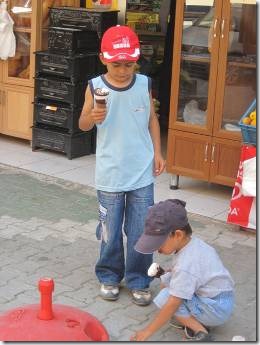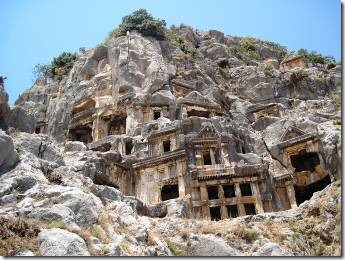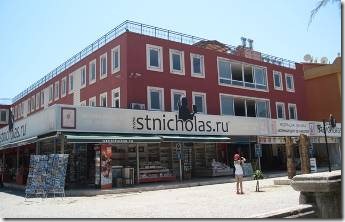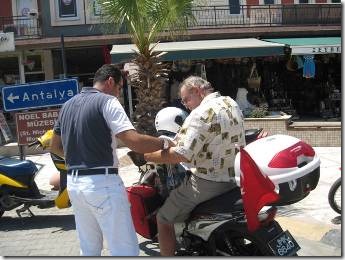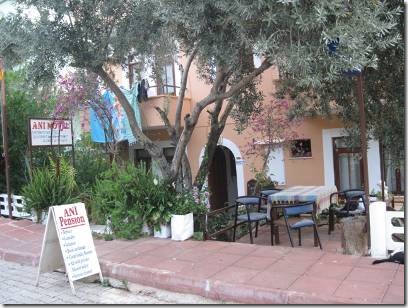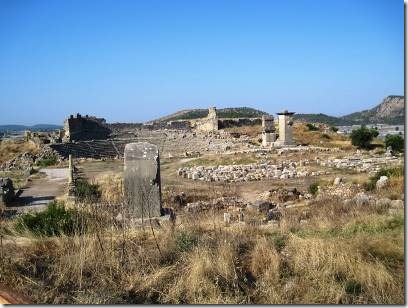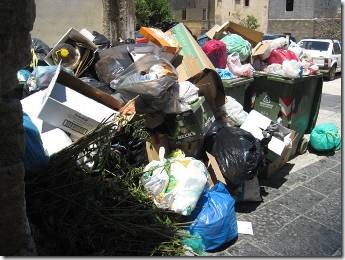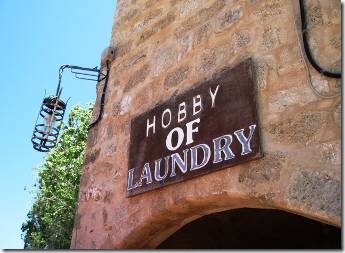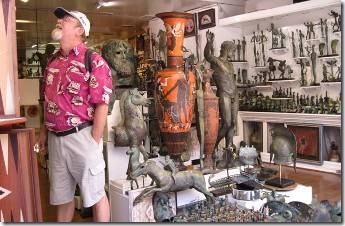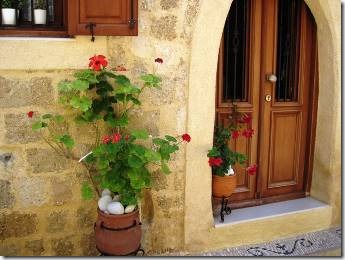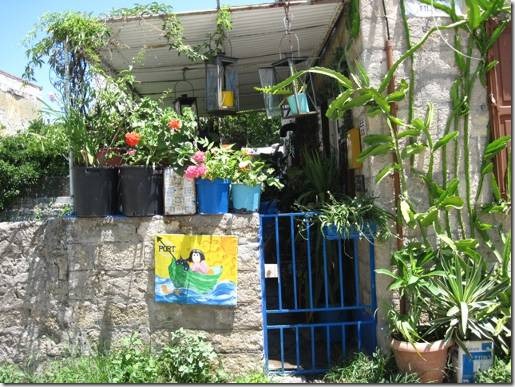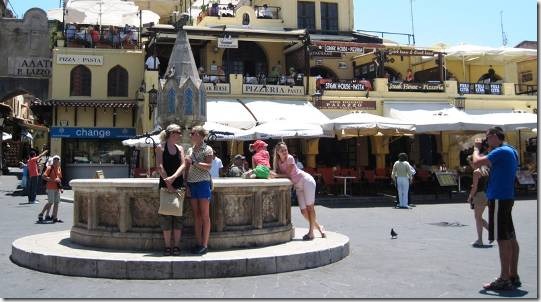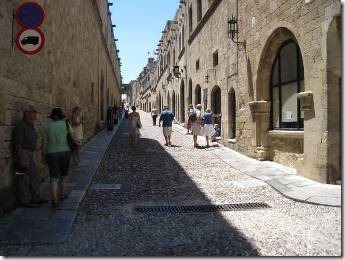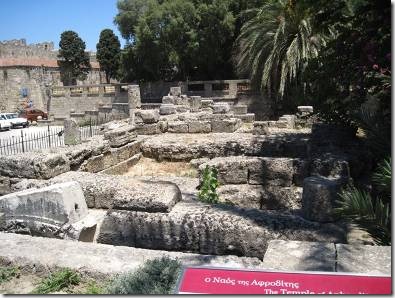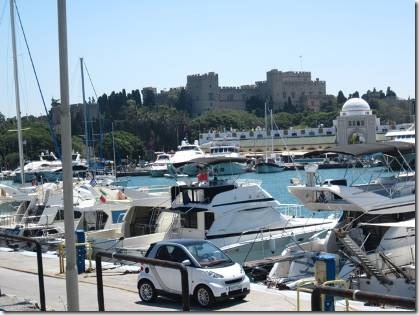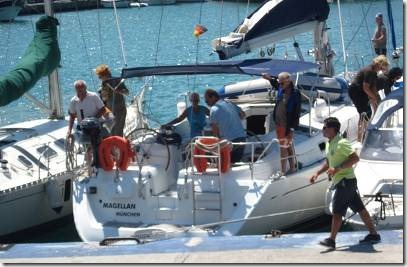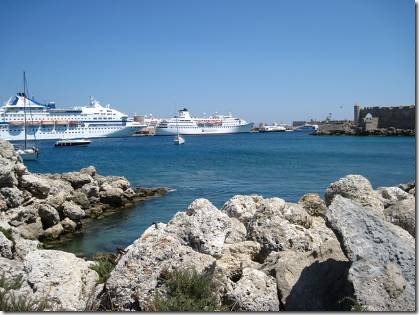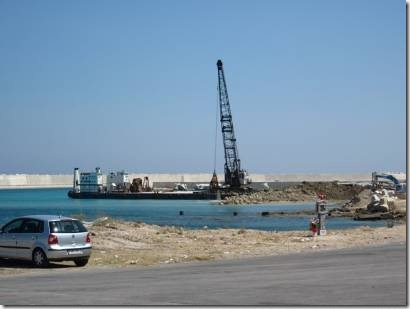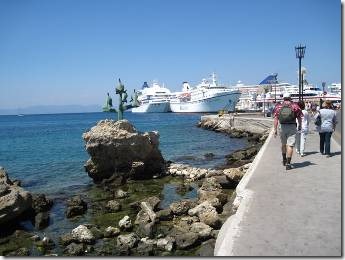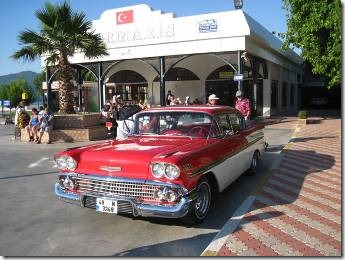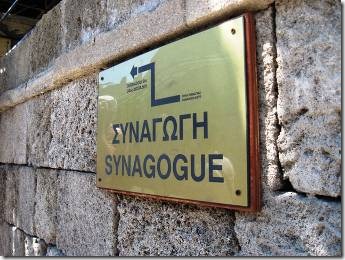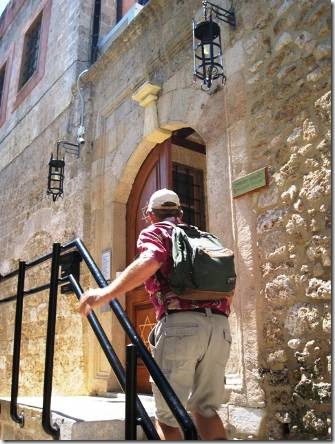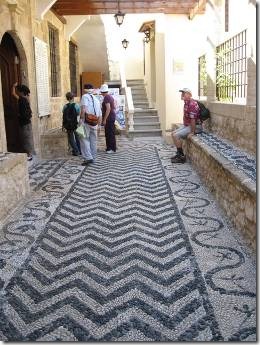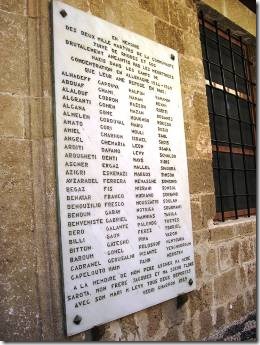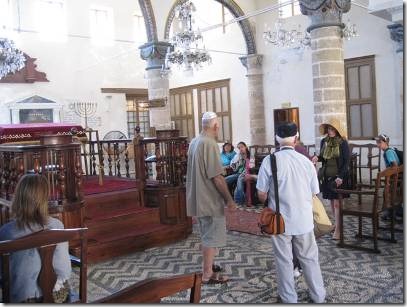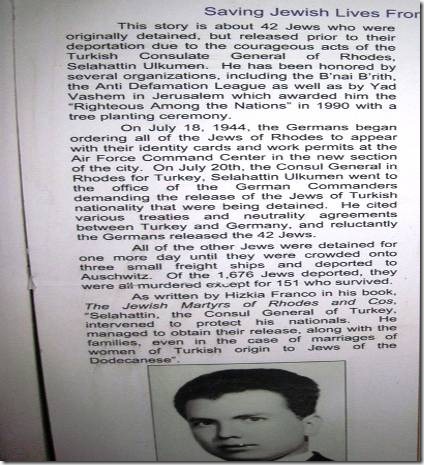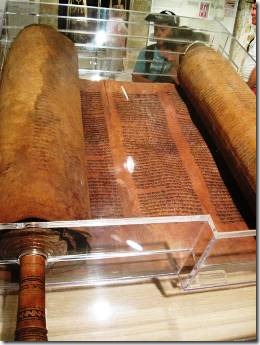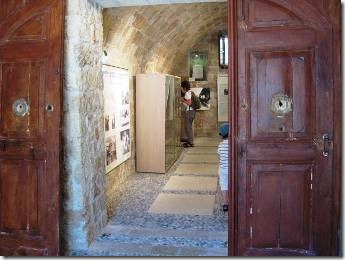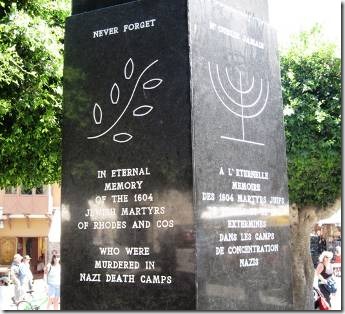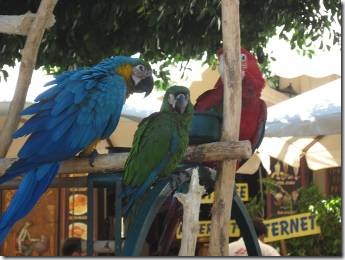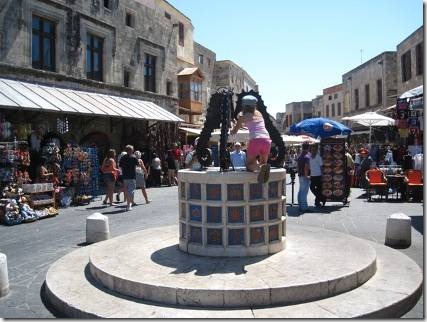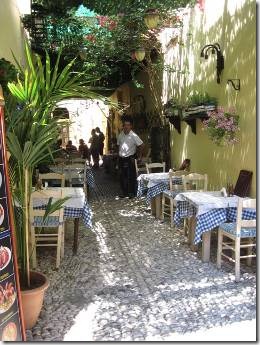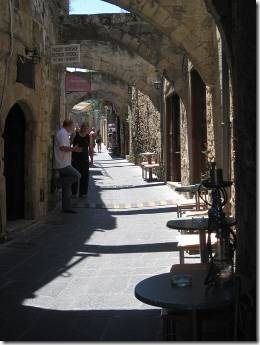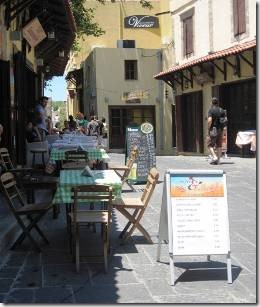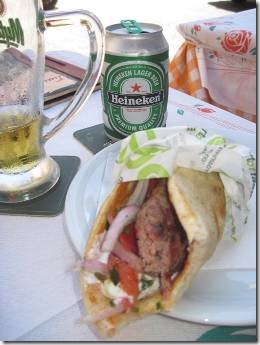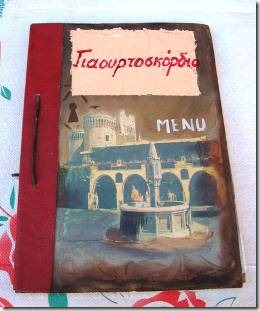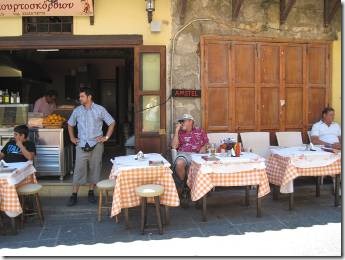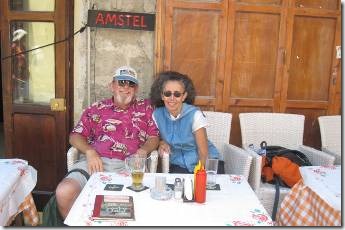Turkey has not only a beautiful coastline, but is also home to inland water life. North of Antalya is the Anatolian Lake District, consisting of three main lakes; Lake Burdur, Lake Egirdir and Lake Beysehir. There are also many other smaller lakes throughout this district. The main town in the area is Isparta, famous for its rose oil, however it is Egirdir that is the most interesting and astonishingly beautiful.
Egirdir is a town situated on the southern tip of Lake Egirdir, overlooking Mount Davraz. Lake Egirdir is the fourth largest lake in Turkey, with an area of 482km². Egirdir was previously known as Egridir, unfortunately this means ‘it’s crooked’, so to remove the negative connotations, the name was changed to Egirdir, meaning ‘she is spinning’. Opposite the town centre are two small islands, connected to each other and the mainland by a cause way. They are known as Canada and Yesilada and are good places to base yourself to view the natural and historic sites of Egirdir.
HISTORY
Egirdir was originally founded by the Hittites and was a regular stop on the King’s Way, between Ephesus and Babylon. It was this position on the trade route, that made the city flourish. In 1200 BC Egirdir was taken by the Phrygians, then the Lydians, before being captured by the Perisans and conquered by Alexander the Great. In Byzantine times the town was known as Akrotiri, meaning ‘Steep Mountain’. The Ottomans finally took control in the 14th century, but the population of the island of Yesilada remained mainly Greek, until the population Exchange in 1923. http://www.tours4turkey.com/Destinations/Egirdir/
Ataturk standing outside the mosque/bazaar where you can buy rose soap, oil, and rose sented worry beads, yarn, clothing, fishing gear and guns and ammunition. Interestingly the building had originally been built in 1237 as a Seljuk (the original Turks) warehouse but was turned into a mosque in 1308. The building that now houses the bazaar was originally a caravanserai built by Seljuk Sultan Alaeddin Keykubat in 1218 but was converted into a medrese in 1285. Caravanserai were housing built during the 12th century for caravans moving goods along the Silk Road. They were usually spaced about a “day’s travel apart” about 15 to 30 km apart to provide food and shelter. They were built by the Sultan paid for by the taxes collected on the goods carried by the caravans. A medrese (madrasah) is a social center/school associates with a mosque. Ataturk separated religion from government and wanted to decrease the impact of religion on the lives of modern Turks. (I think that’s a fair and bland way to put that and I know too little to say more.)
http://peacepension.com/Main.html has some more photos and some interesting information about the mosque and madras.
The mosque entrance lists the construction date 1237.
The inside was simple but lovely in its own way.
Just near the bazaar and mosque is a water faucet with a mug tied to it so passersby can have a drink.
All over Turkey there are signs for water fountains and you see people filling jugs. We’re not used to drinking water from hotel taps never mind some faucet out in the countryside. I finally did drink from a town water fountain in Guneykent. Our friend Emre drank some and didn’t exactly dare me to drink it. I had already had some of the rose water we were given at the village farm. So why not Guneykent fountain water? I drank it and I’m fine. We used tap water on our tip to make our morning coffee in our little electric travel kettle. The last country where we used tap water was Singapore, but everywhere else it was bottled water even if we were going to boil it. We filter the water on the boat that we drink or make our own water from sea water.
Egirdir Castle built by King Croesus in the 5th century BC but was added on to by later conquerors. It was located on the mainland side of the causeway. He is the Croesus of “rich as Croesus” fame being king of the Lydian Kingdom when gold coins were first minted there.
“Some may find it interesting; Herodotus tells us that Croesus was so rich that he had every guest take as much gold as he could carry, upon leaving. One fellow asked Croesus if he could take his gold at a later date, to which Croesus assented. The man return a few weeks later with a coat that was covered with pockets inside and out. Not only this, but his body and the hair on his head was greased. He went into the treasury of Croesus where he disrobed and rolled in gold dust so that he was gilded from head to toe He filled all the pockets of his coat with coins and nuggets. He even filled his mouth with coins. His load was so cumbersom that he could barely move. Croesus thought this site hilarious. Though a tad poorer after this episode, Croesus was still a very rich King. To which, I think this story illustrates.” http://www.phrases.org.uk/bulletin_board/15/messages/193.html
We motorbiked up the mountain behind Egirdir to see the ruins and stopped part way to look back at Egirdir. Our pension is at the tip of the tip! I think the big structure is the hospital.
Mountains overlooking Egirdir
“Sivri Dagi (Sharp Mountain) 1749 meters dominates views southwest of Egirdir. High up on its steep slopes the tiny village of Akpinar clings with a winning combo of apple orchards and photogenic lake views. To get there head 3km south of Egirdir on the lakeshore road…..where a road winds 4 km up the mountain to the village. …The village has a ramshackle collection of mismatched chairs and tables masquerading as a teahouse. Expect zingy homemade ayran (yogurt drink) and freshly made gozleme (thin savory crepes cooked with cheese, spinach or potato.) The terrific views of Egirdir reinforce how downright fragile the slim causeway to Yesilada looks from this high. “Lonely Planet The Lale Pension website calls the mountain Needle Mountain. I am confused how Mt Sivri and Mt Davras relate to each other. It didn’t matter to me while we were there; we just liked being on the bike and being in the midst of it.
We had the cheese gozleme. (Randal had an ayran in Antalya thinking it wouldn’t really be a yogurt drink but was so thirsty he drank it anyway.)
The views were spectacular and the village picturesque with apple orchards side by side with satellite dishes.
Can’t get there from here.
Not sure these roads were intended for motorbikes, but we managed to get this far only to be stopped by a sign from the Turkish military forbidding us to go any further. The road from Egirdir up the mountain to the village had been paved, and though steep was no real challenge. This dirt/rock strewn road had been a tough ride and it was frustrating to be stopped when we could see the Kapikaya ruins in the distance. There were sheep and cows grazing but event they hadn’t wandered into the military areas. I kept my eye out for sheep dogs but they only barked from a distance. We really hadn’t planned to stop in Egirdir so hadn’t read up on anything about the ruins. Apparently we may have taken a wrong route and there was another that would have gotten us to the ruins. Next time!
We ate lunch on the mountain in the small “teahouse” ordering drinks and a Turkish pancake. (Breakfast had been huge so we only needed one between us.) The owner seemed involved in other things, chatting with several men, so when nothing seemed to be happening, we had reminded him that we’d ordered coke, tea and a cheese pancake. (Randal’s coke had made it out of the cooler but not to the table and everyone else but me seemed to be getting served tea.) It was cold up in the teahouse and I wished for a sweater but hadn’t bothered to bring one from Marmaris because everyone had told us we’d be really hot away from the coast. After we’d finished our food I walked over to the WC while Randal tried to pay our bill but was ignored so just came out to the bike. I went back inside and said “hesap lutfen” and we got our bill. We walked back out to the bike and the owner came out and when he saw our bike became a much friendlier person. He asked about us and we told him about our boat and travels and that we were retired. His English was limited but good enough for our conversation. It is amazing how the men in the countryside responded to the bike.
We rode down the mountain turning north to bike the lakeshore road north along the west side of the lake.
Lots of farmland.
We biked a while stopping in tiny Barla for gasoline and something to drink then biking up into the hillside town. We saw only a few people out and about but they would always smile and wave back when I waved hello. You can tell they’re curious about us and I wish we could speak Turkish, but we can’t and most people speak little English so we just smiled and waved and went our way. The new part of Barla was concrete apartment buildings but the older part of Barla was very picturesque.
Stone buildings, new and old overlooked farms.
Orange tiled roofs were here and there.
And always stone walls.
Cheers to a beautiful day! I’m trying my first “raki” which is called “lion’s milk” by Turks because when you add water to the raki the clear liquid turns white. It is very strong straight so water is added and then ice if needed (always in that order) and it is served with a second glass of water. It is made from grapes but flavored with aniseed. With food it’s great. On an empty stomach it’s too much for me even with an entire bucket of ice added.
We ate across the street from our pension by the lake’s edge and watched the sun go down. It was a perfect day, but the following day was even better.

